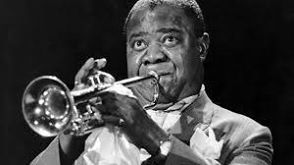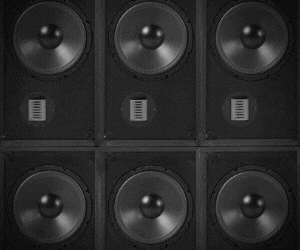Today is International Jazz Day! Jazz as a Musical Form developed in the period of late 19th Century to early 20th Century, making it a relatively younger form of established Music. By its nature it is inclined towards Improvisation and it still absorbs a lot of influences, thus making it Dynamic as well!
The evolution of any Musical Form is associated with a social, political and a cultural churn in that region. Many folk influences fuse and merge with each other due to many social and political developments and it takes years to develop a defined form of Music. The story of Jazz is no different! The development of Jazz finds itself parallel to the numerous developments in the city of New Orleans and also in the United States as a whole!
- New Orleans is the largest city in the Lousiana State of the United States and is one of the largest port of the country. It is a city that has influences of Europe, Native America and Africa
- The European Culture strongly comes from France as it were the French who established this city. Apart from that it also has a Spanish influence and the architecture in the city is primarily French and Spanish.
- The city has experienced wars between the French and the Spanish and also the American War of Independence that involved Britain on one side and French siding the Americans on the other side. The Spanish and French influences was evident by the Concert and Opera Performances in the city.
- The city also had Parades which was largely a French tradition and this was one of the major Musical force in the city during the French Occupation
- After the Wars ended, members of the military bands sold their musical instruments. These instruments were purchased by many Black families and were assimilated in their bands. These instruments were Cornets, Clarinets and Trombones
- Many Black Slaves were brought to the city by the Europeans from the African continent. The city had a Black Code (1724) that allowed Black Salves to rest on Sundays, mingle with each other, play music and dance. Many instruments from African origin were used in these get-togethers. ‘Congo Square’ was one such landmark place in the city. ( Incidentally, Congo is the name of a rhythm instrument too!)
- In 1897, the New Orleans City passed an ordinance to restrict prostitution in a specific area of the city. Thus was formed, Storyville – the red light district. The brothels here ensured that they play some Music to entertain their customers. Many pianoplayers were hired for the same. As the customers were principally White, the music went close to the Western Concert style with the choice of the instruments also the same!
- Around the start of the 20th Century, Jazz developed through an amalgamation of all these influences with the developments spanning over a span of two hundred years! Louis Armstrong was the most famous Jazz player of the city and his tenure goes parallel with the establishment of Jazz ( 1901 – 1971).
In the words of Alan Lomax,
Tolerant New Orleans absorbed slowly over thecenturies Iberian, African, Cuban, Parisian, Martiniquanand American musical influences. All these flavours maybe found in Jazz – for Jazz is a sort of musical gumbo.
Lesson for us? No Human on this planet traces his or her history to One Single set of thoughts or Influence. Every creation is a result of overlaps of multiple influences – all from different sources from the world. A classical form of today is a result of a fusion of folk forms of the past hundreds of years. That is even true for Indian Classical Music. Pandit Kumar Gandharva was a strong advocate of this school of thought.
References: Wikipedia Musical Gumbo ( Grace Lichtenstein and Laura Dankner)













